Table of Contents
Driving around the city with Citroen e-C3 is a convenient and smooth affair. There are no gear shifts, turbo lag, and noise. With a new linear pedal response to boast of, even a newbie driver would seem smooth.
But haute cross fun is how we described during the review of Citroen e-C3. But does that hold for the EV version?
While haute and EV factors are checked, the e-C3 is near-identical to its petrol counterpart, so its hatch-SUV cross-appeal is intact. At the same time, the upmarket and chic style was taken from the premium C5 Aircross.
Well, the car has a design check approved. But does the car do justice in the technical part? Before pitching on a full-blown review blog, let’s jump to the pros and cons.
Citroen e-C3 Pros and Cons
Pros
- Funky-looking electric hatchback with customizations such as 4 monotone body colour options and 6 dual tone options with grey and orange roofs. You also get 3 more dual-tone options with a polar white roof. You also get 3 customization packs – polar white, zesty orange, and platinum grey- with a chrome pack, allowing wheels to be installed at the dealer level.
- An accurate world range of 200 km is a good option for city driving and urban commutes.
- Zero emission and cheap costs because hello. The car is an EV, which makes it an ideal city car.
- It has good-looking interiors, a 10-inch infotainment system, and wireless Android Auto and Apple CarPlay.
- Unlike the Tata Tiago EV, the 315-litre boot space fits a 15-inch spare wheel.
Now, Citroen e-C3 Cons
- Absence of plenty of features- adjustable regeneration, electric ORVM adjustment, climate control, rear wiper and defogger, reversing camera, alloy wheels ( can be installed through the dealer), etc.
- 56BHP is too low to make it a fun drive as top speed is limited to just 107 km/h
- The 200 km range is restrictive as the car cannot support a long-distance journey. You have to wait for 10 hours or find a DC fast charger nearby.
- The usual EV challenges with below-par charging infrastructure and brand-new tech are hardly trustworthy.
- The quality of cabin materials is sub-par, and cost-cutting is pretty evident.
- The cabin is for 4 adults; therefore, it is compact.
- The dealer network is tiny, so after-sales service quality is unknown.
Specifications of Citroen e-C3
| Charging Time | 57 minutes (D.C.) |
| Max Torque | 143 Nm |
| Power steering | yes |
| Anti Locking Braking System | yes |
| Airbags (Drivers and passengers) | Yes |
| Alloy wheels | yes |
| Multi function steering wheel | yes |
| Motor Type | Permanent Magnet synchronous motor |
| Charging port | CCS-II |
| Charging type | 3.3 |
| Drive Type | 2WD |
| Fuel Type | Electric |
| Top speed | 107 km/h |
| Acceleration (60 km/h) | 6.8 second |
| Front suspension | MacPherson Strut with coil spring |
| Rear Suspension | Rear beam twist with coil spring |
| Front brake type | disc |
| Rear brake type | drum |
| Gross weight | 1716 kg |
Well, since we have covered all the additional specifications, let’s get to another section of the blog: the costs and maintenance section and how it feels to drive the car.
Running Costs and charging
High prices of fossil fuels are a pain point for many. But it can be saved by switching to EV. Let’s do the math on the operating costs of Citroen e-C3.
The battery capacity is 29.2 kWh, i.e., it will need 29 units of electricity for a 100% charge.

The per unit cost slab of electricity varies from one city to another, but for this blog’s sake, let’s take RS 8/unit. So you would be needing Rs 232 for a full charge.
With an accurate world range of 200 km, the car operational costs stand at Rs 1.16/ km. The number is far less if we compare it with ICE, and now it comes to the charging part.
Citroen e-C3 supports DC fast charging. The car can quickly charge 10-80% in 57 minutes. Since the vehicle focuses more on the B2B market, a DC multiple charging will not affect the battery’s life.
However, enough studies on international EVs show that charging multiple times on a level 3 DC fast charger (60 kW and above) affects the battery’s long-term longevity. Always charge at home with your 15 amp AC wall socket. It will take 10 hours and 30 minutes, but it is the cheapest option.
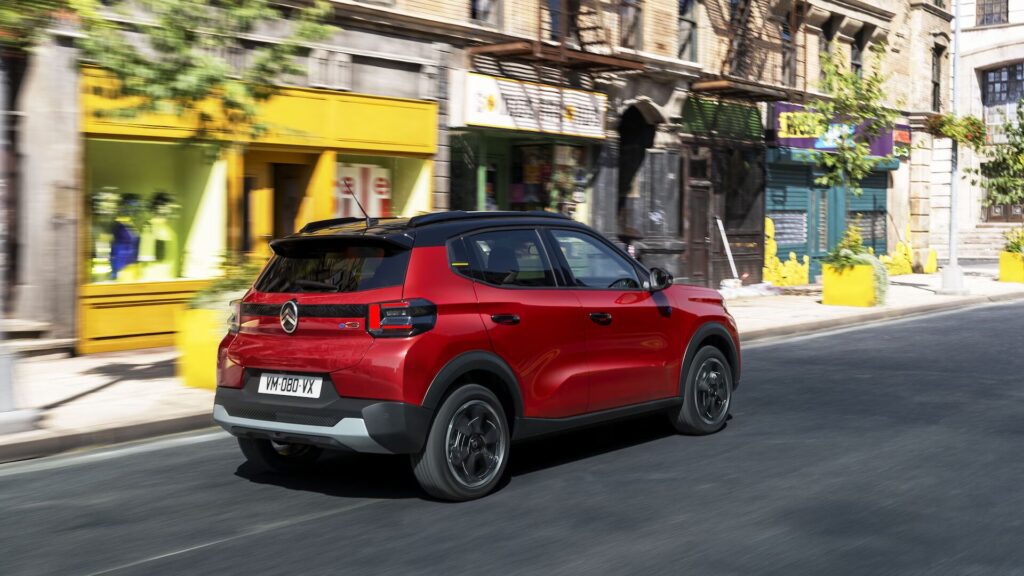
An AC wall-box charger is an extra bump on the pocket; therefore, owners will appreciate it if it is available with the car.
The e-C3’s 29.2 kWh LFP battery pack is naturally air-cooled and not liquid-cooled, as seen on the Tiago EV. Further, Citroen claims to have tested the car at temperatures from -10 degrees Celsius to 55 degrees Celsius. It will be interesting to see how the battery manages with different temperatures across India.
We mentioned the cons of the non-availability of after-sales service. Let’s address that.
Maintenance
The car is for the mass market, and Citroen is working on providing exemplary service. It means the spare parts must also be affordable and easily available.
The after-sales service also includes
- virtual remote diagnosis,
- periodic service, and
- maintenance with pickup and drop facilities,
- 180-minute RSA with emergency battery charging facility,
- remote service job card opening,
- service cost estimator on the website,
- genuine spare parts availability in 24 hours and
- service on wheels, to name a few
So, let’s hold on to that thought while Citroen starts accomplishing all of the above.
Driving experience of the Citroen e-C3
Okay, before going into the driving part, let’s go into the basics. There are 3 components in an EV: a battery, the motor, and the controller/charger.
Now you know the functions of the battery and motor. But a controller/charger converts the energy from the battery into usable form.
The power grid from your house or a charging station is usually an AC. Now, the lithium-ion battery can store electric energy in DC form. While charging, an AC/DC converter will also convert the power grid’s AC into DC and store it in your car’s battery.

Now, when you insert in the keyhole of the Citroen e-C3, you get the feel of a regular ICE. After that, you get a Ready signal from Mid indicating to drive.
There are 3 transmission modes, RN and D. The car crawls smoothly without any noise, even in D mode.
For a power of 56 BHP, it sure seems adequate. But the car seems sluggish and doesn’t feel quick on its feet.
Although you won’t have issues with quick overtakes and closing the gaps in the city, don’t expect an electrifying pace here.
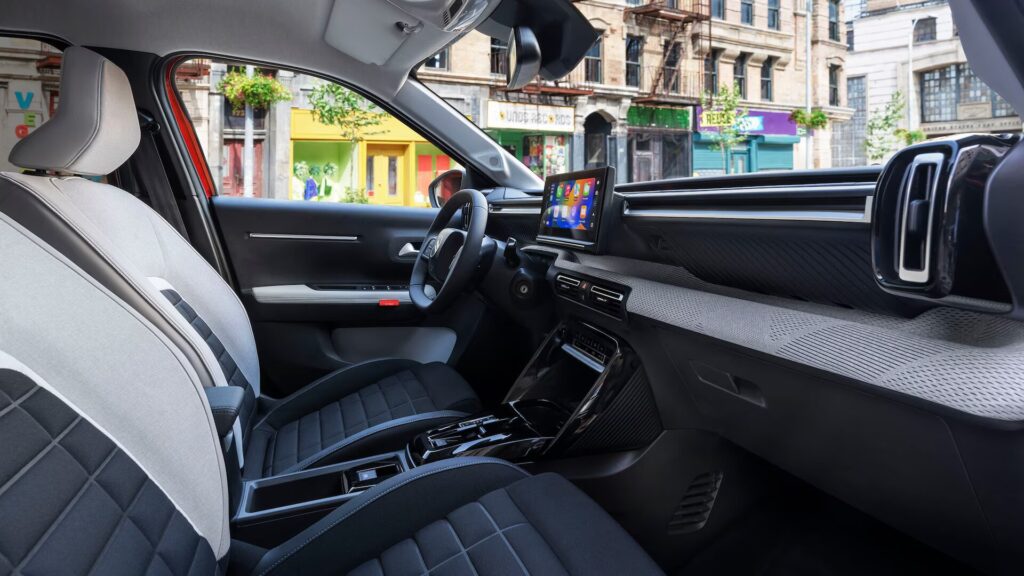
Going by the experience of e-C3, it feels like it’s missing the urgency you would expect in an electric car.
An Eco and normal mode are also used to extract more range. But the car felt the same in both modes.
The car does get an Eco readout in MID, but it disappears as soon as you bury the accelerator. The transmission mode selector from the C5 Aircross facelift is pretty convenient.
But the major irritant is the reverse mode. The pedal response is either on or off. Thus, reversing smoothly is almost impossible.
Final words on buy or not to buy
We immediately liked the sense of space within the cabin and its fantastic suspension. It’s agile, the steering weighs up nicely with increasing speed, and surprisingly, it has limited body roll. The acceleration is linear and robust till about 60 km/hr.
With this speed, all ICE-powered cars and bikes are left behind at the turn of the signal at every traffic junction, leaving a few bewildered drivers in my rear-view mirror and a suppressed grin on my face.
Related Posts





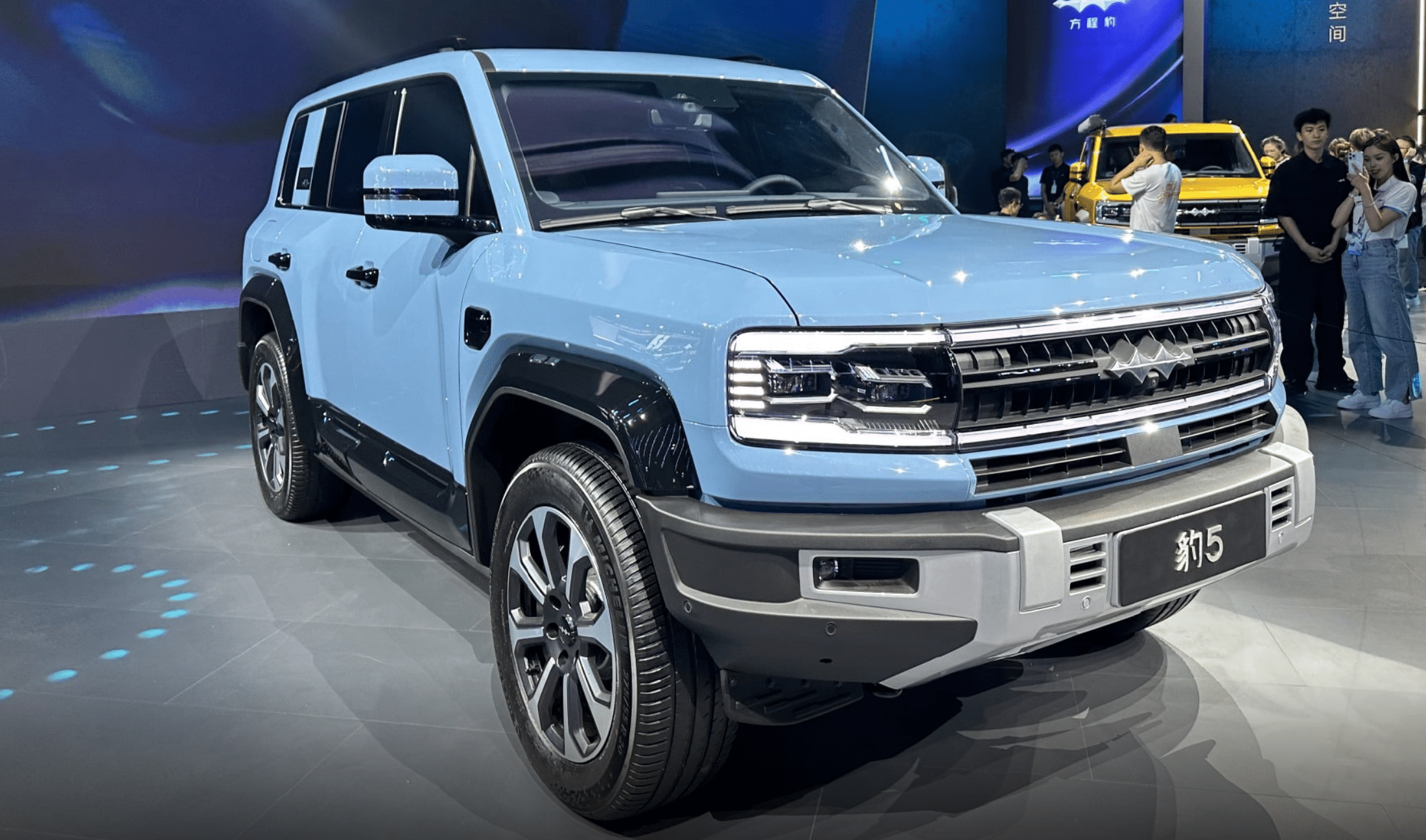

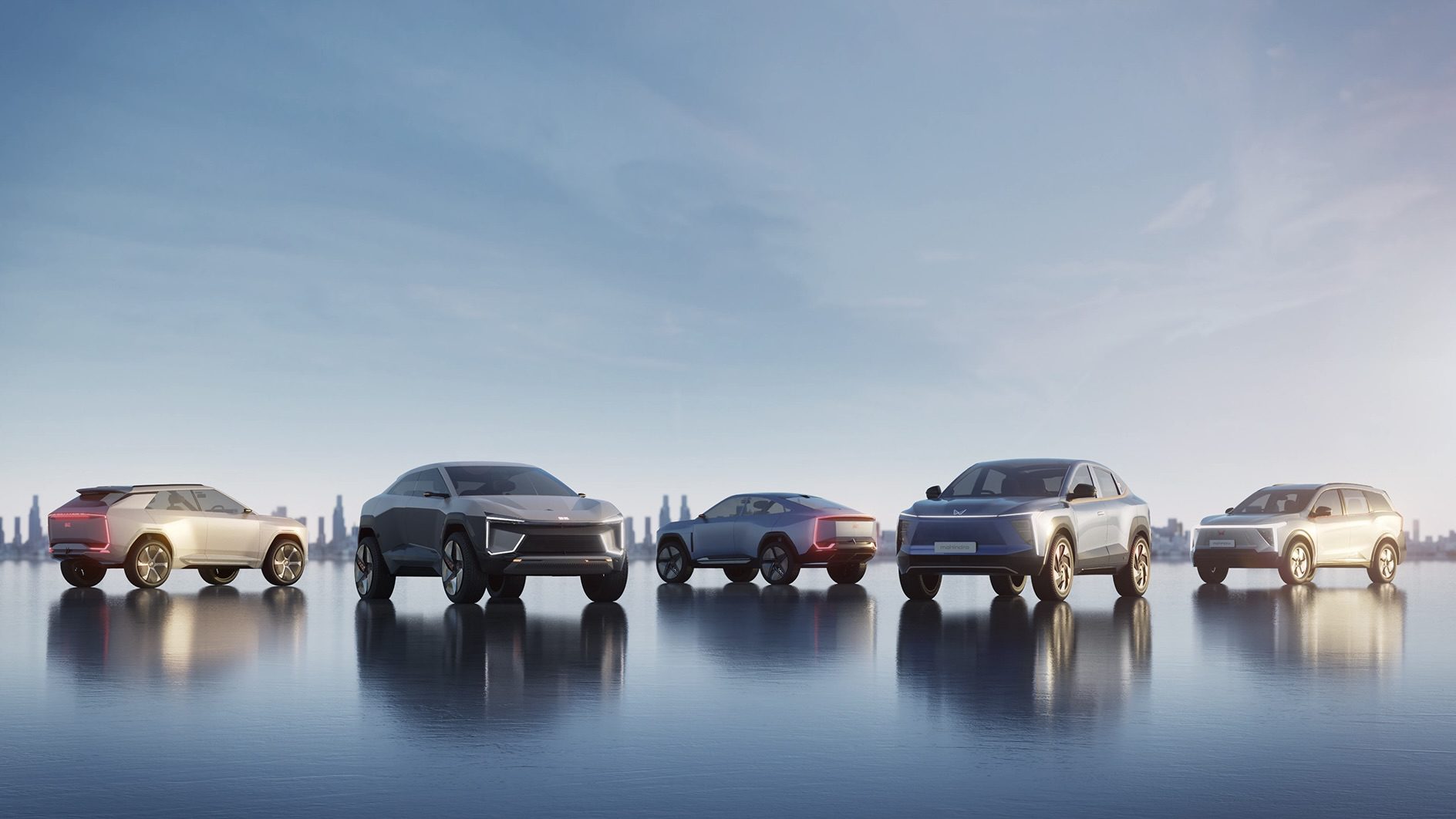
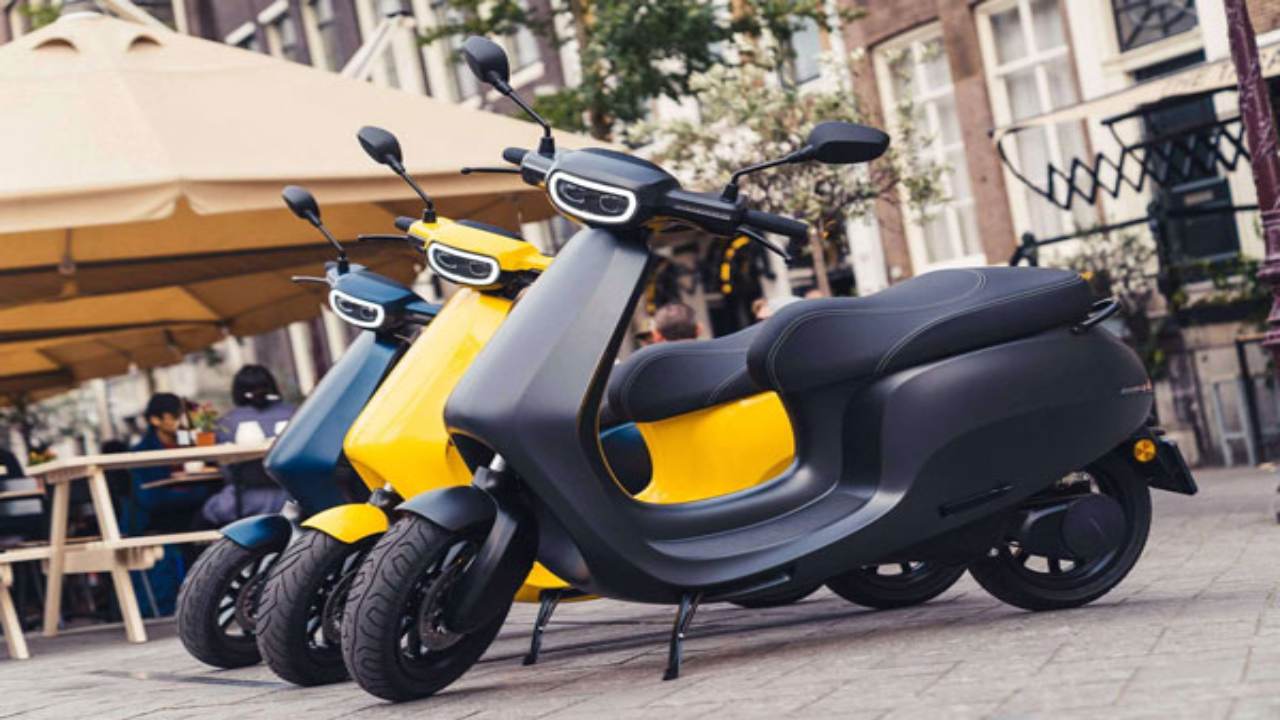


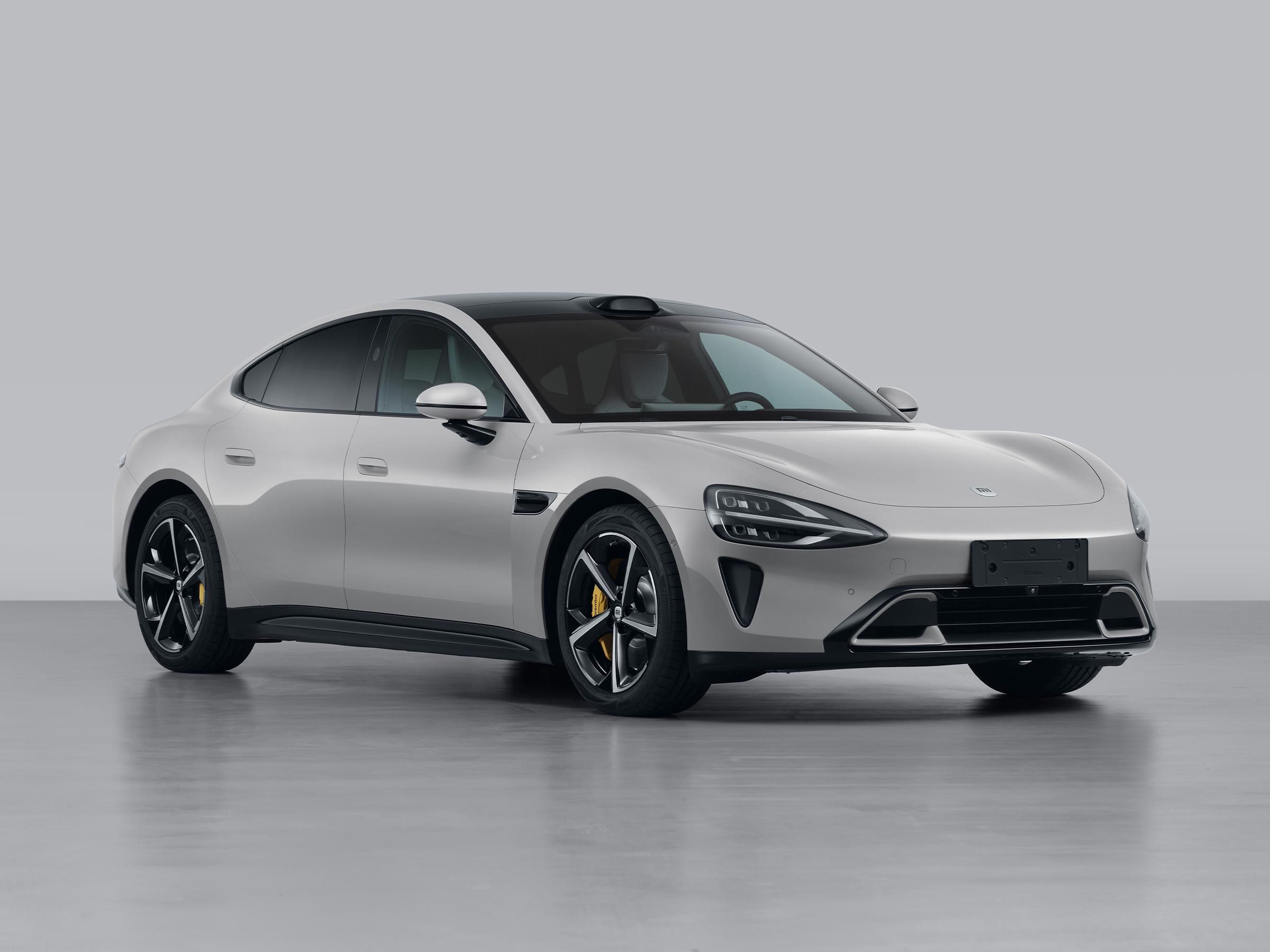

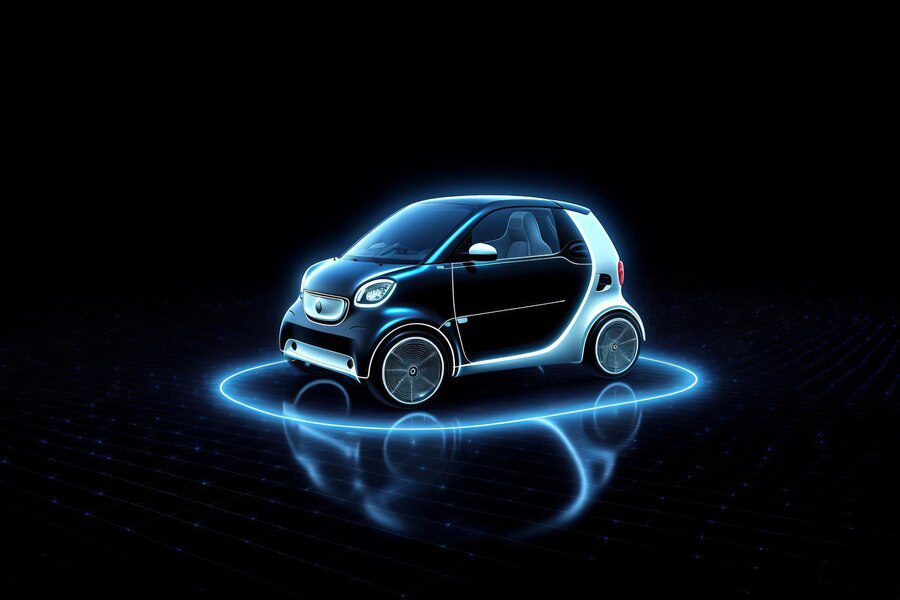
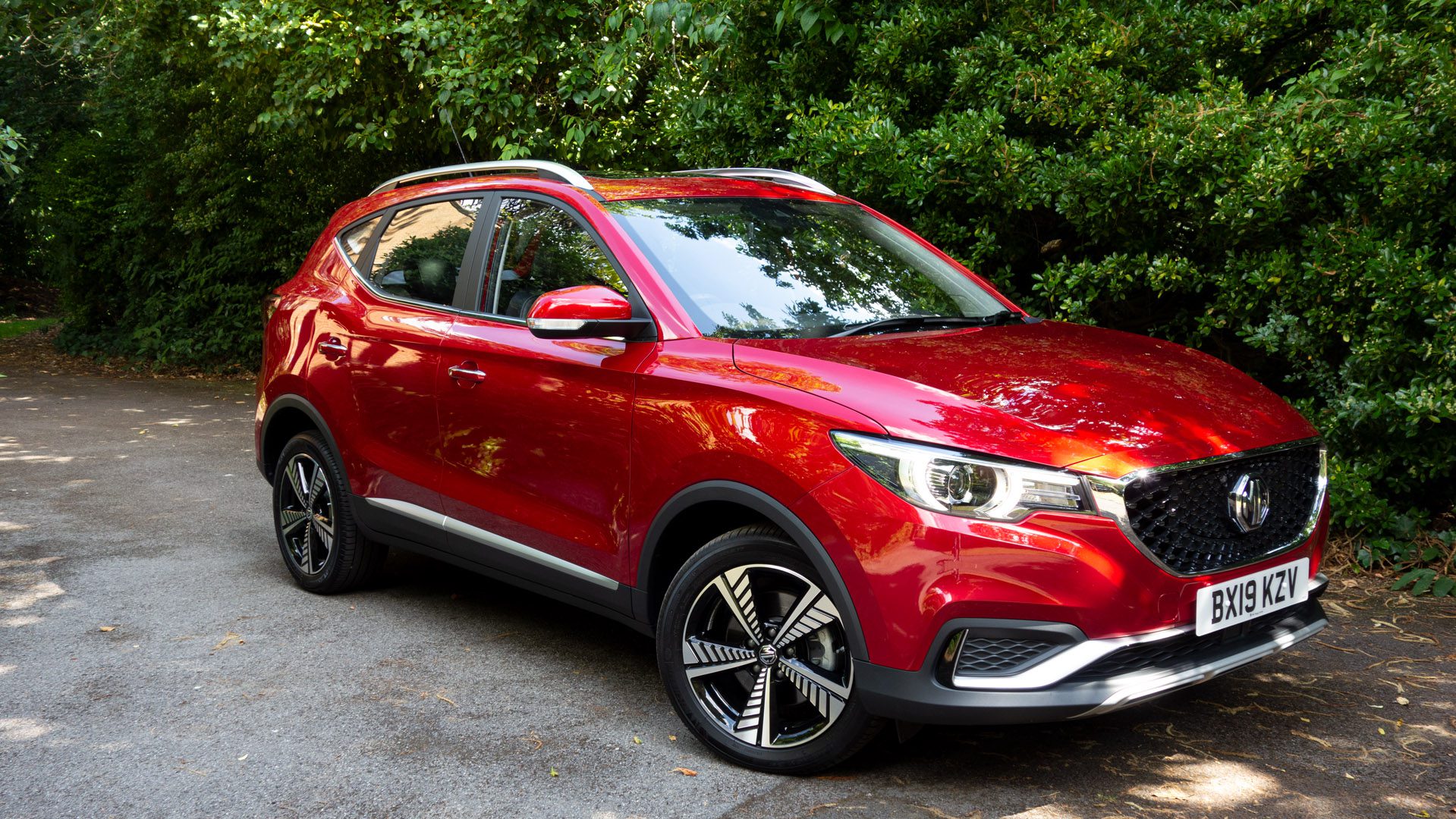

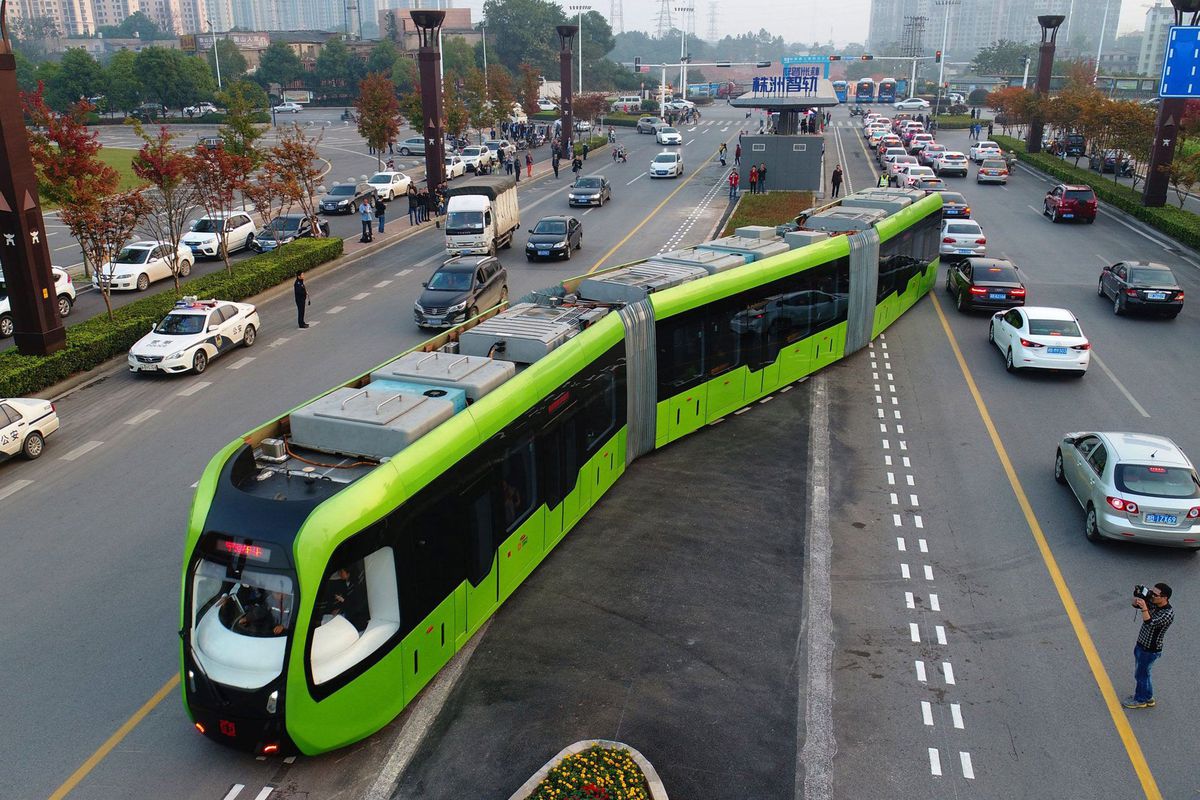
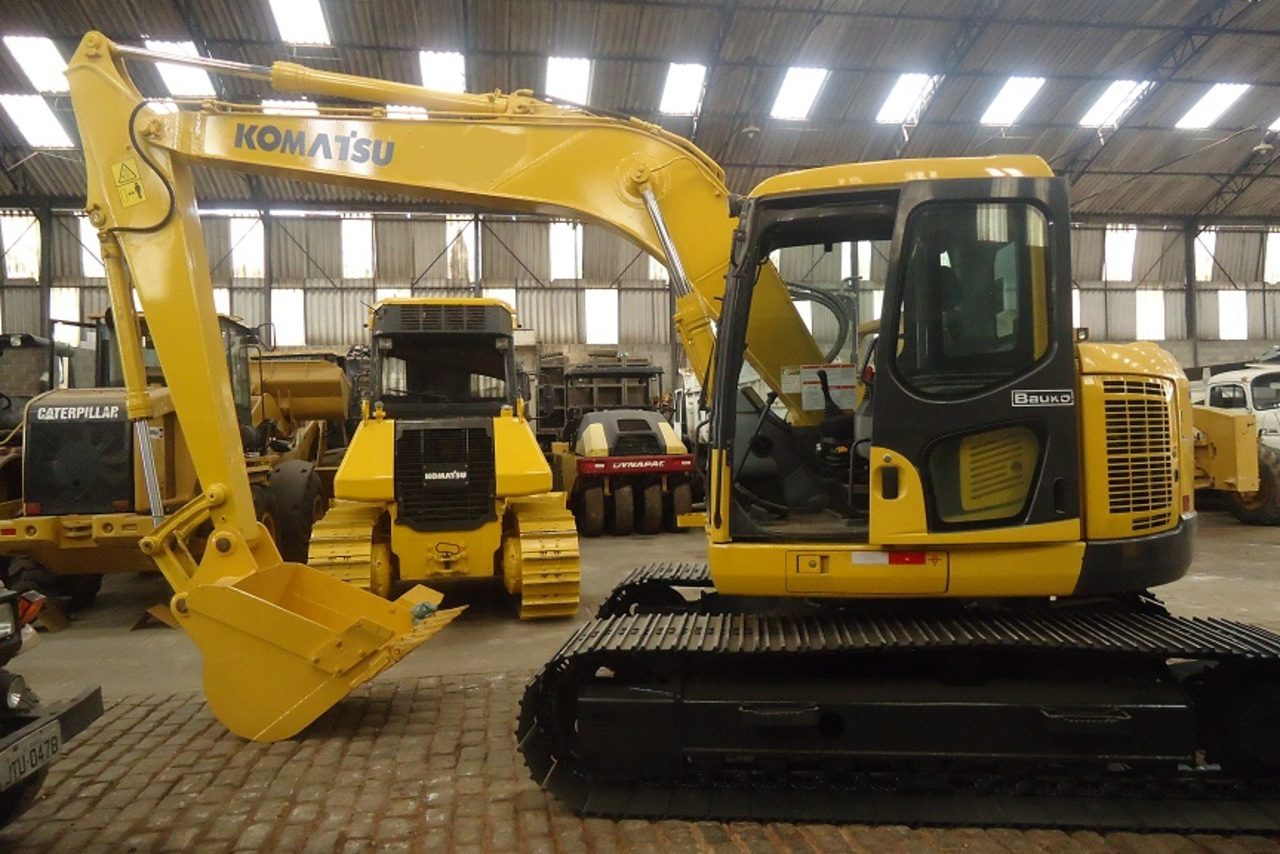

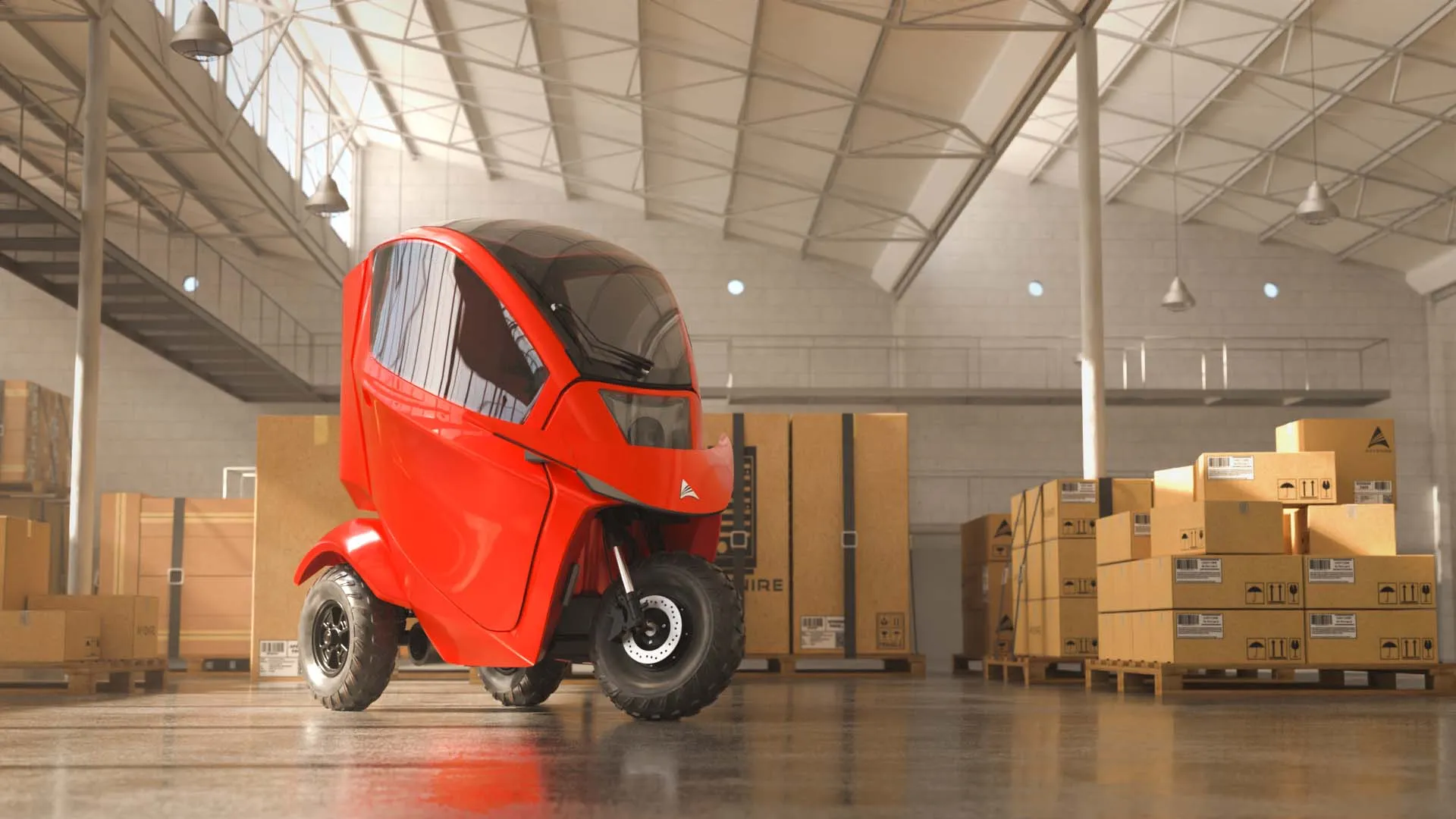
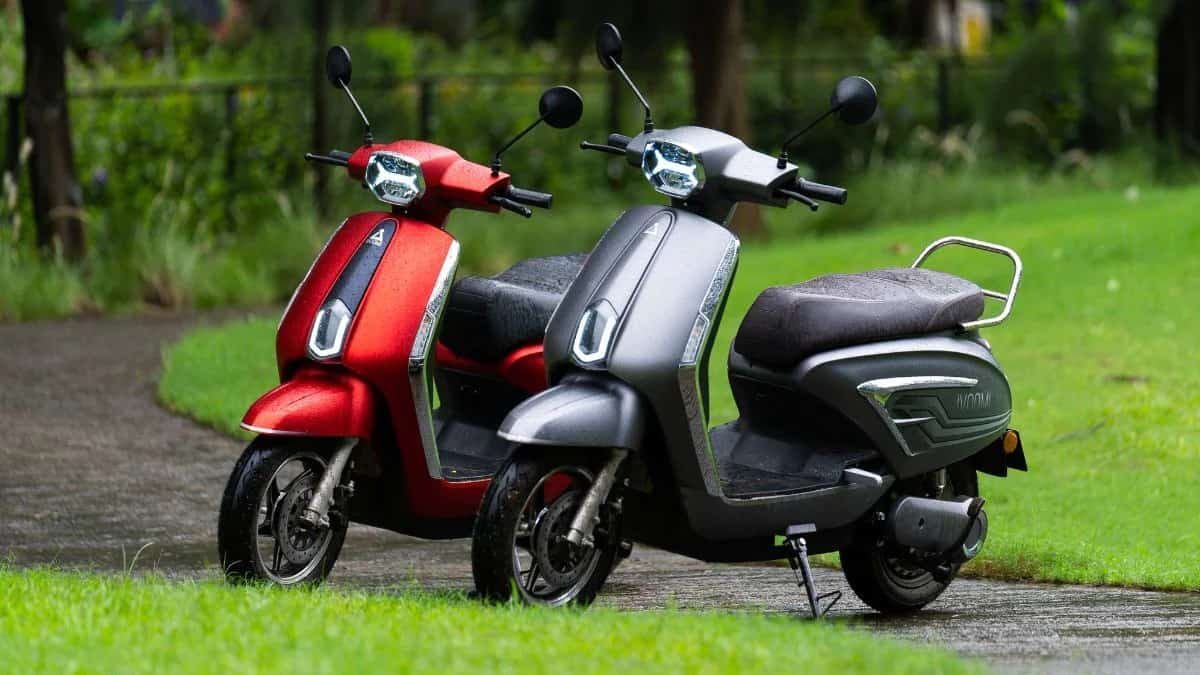
Leave feedback about this